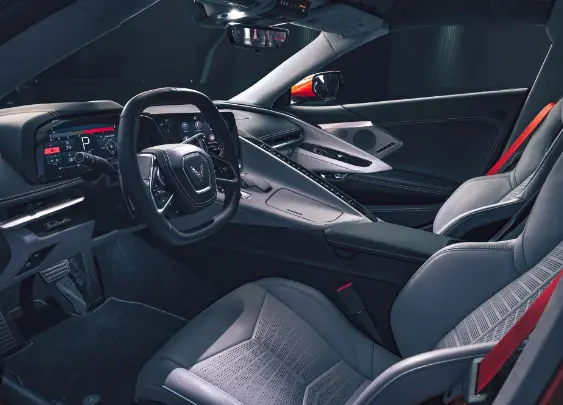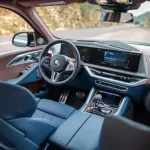The automotive industry has made significant strides in recent years towards creating more inclusive car interiors. Gone are the days when vehicles were designed with a one-size-fits-all approach.
Today, car manufacturers are focusing on making cars accessible and comfortable for individuals with a wide range of abilities. In this article, we’ll explore the concept of inclusive car interiors and how they are designed to accommodate the diverse needs of drivers and passengers.
**1. Universal Design Principles:**
Inclusive car interiors are guided by universal design principles. This means that vehicles are designed from the outset to be accessible and user-friendly for individuals of all abilities, without the need for special adaptations or modifications.
**2. Entry and Exit Accessibility:**
One of the key aspects of inclusive car design is ensuring that entering and exiting the vehicle is as easy as possible. This involves lower step-in heights, wider door openings, and strategically placed handles and grips to assist those with mobility challenges.
**3. Adjustable Seating:**
Inclusive car interiors feature adjustable seating options that cater to various needs. This includes power-adjustable seats with height, tilt, and lumbar support adjustments, making it easier for individuals to find a comfortable driving or riding position.
**4. Hand Controls and Adaptations:**
For individuals with limited mobility in their lower extremities, hand controls and adaptations are often available. These allow individuals to control the accelerator, brakes, and other vehicle functions with hand-operated devices, ensuring a safe and comfortable driving experience.
**5. Accessibility Features:**
Inclusive car interiors may include features like automatic sliding doors, wheelchair ramps, and lifts in larger vehicles like vans and SUVs, making it easier for wheelchair users to enter and exit the vehicle.
**6. Spacious Interiors:**
Vehicle interiors are designed to be spacious and open, allowing for easy maneuverability for individuals using wheelchairs or other mobility aids. This also provides ample room for caregivers or assistants who may be traveling with them.
**7. Thoughtful Controls and Interfaces:**
Inclusive car interiors feature controls and interfaces that are designed with accessibility in mind. This includes tactile buttons, large touchscreen displays with customizable interfaces, and voice-activated controls to accommodate individuals with vision or dexterity challenges.
**8. Sound and Lighting Considerations:**
The sound and lighting within inclusive car interiors are designed to be non-disruptive and comfortable. Reduced noise levels and adjustable lighting options help create a calming and sensory-friendly environment for individuals with sensory sensitivities.
**9. Safety Features:**
Safety is a top priority in inclusive car interiors. Features like advanced driver-assistance systems (ADAS), blind-spot monitoring, and collision avoidance technology are integrated to enhance safety for all passengers, including those with disabilities.
**10. Inclusive Family Features:**
Inclusive car interiors also consider the needs of families with members who have disabilities. Features like easily accessible child safety seat anchors and spacious rear seating areas ensure that families can travel comfortably and safely together.
**11. Ergonomic Design:**
Ergonomic design principles are applied to ensure that all vehicle controls are within reach and easy to operate. This is particularly important for individuals with limited reach or dexterity.
**12. Customization Options:**
Many inclusive car interiors offer customization options that allow buyers to tailor the vehicle to their specific needs and preferences. This includes options for mobility device storage, transfer seats, and additional adaptive equipment.
**13. Ongoing Innovation:**
Car manufacturers are continuously innovating to improve inclusive car interiors. They collaborate with organizations and experts in the field of accessibility to refine and expand their offerings, ensuring that their vehicles meet the evolving needs of diverse users.
**Conclusion:**
Inclusive car interiors represent a significant step forward in making transportation more accessible and comfortable for individuals with diverse abilities. Car manufacturers are embracing universal design principles to create vehicles that accommodate a wide range of needs, ensuring that everyone can enjoy the freedom and independence that comes with owning and operating a car. As this trend continues to evolve, we can expect even more innovations and improvements in inclusive car interior design, further enhancing the mobility and quality of life for individuals of all abilities.


